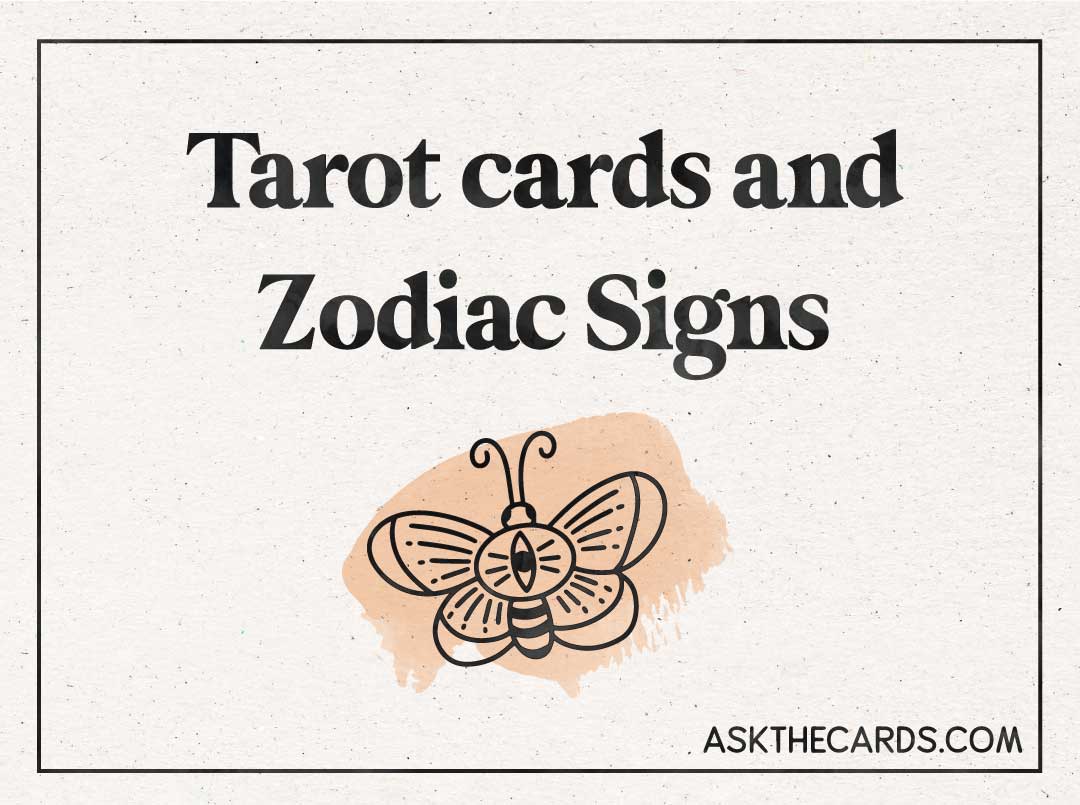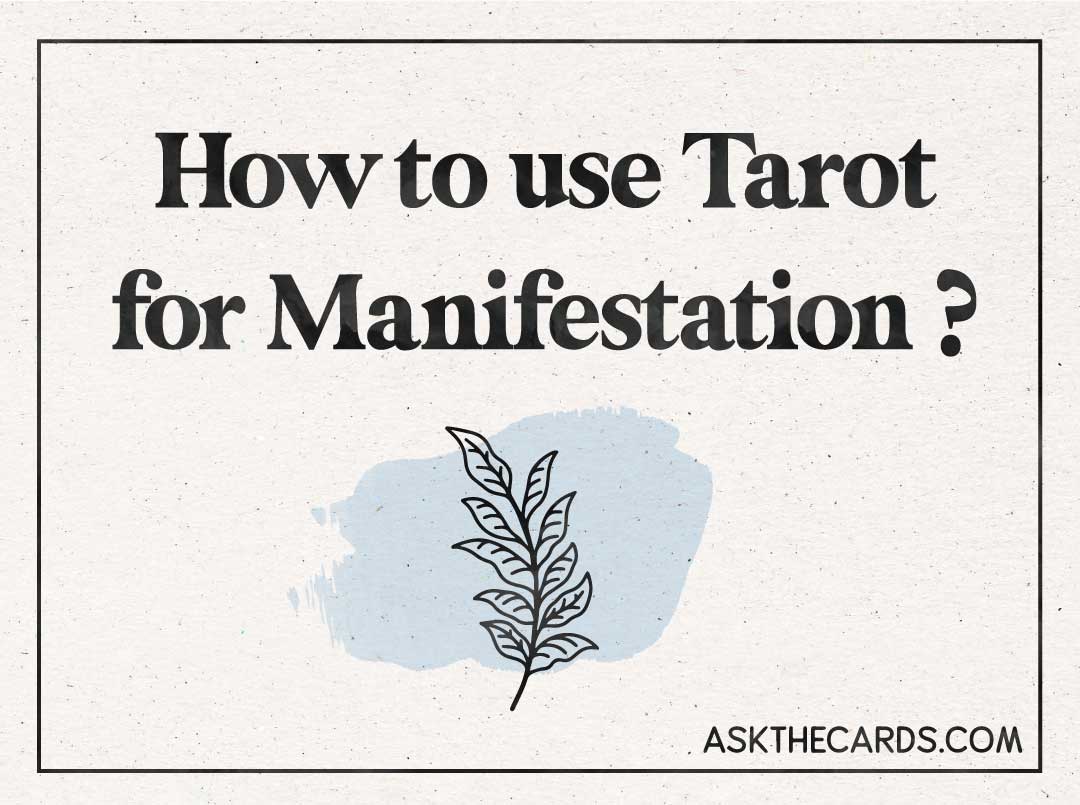
In the past decade or so, tarot reading has really taken off.
Thanks to the many articles, videos, and podcasts that are available online, people from all walks of life have been able to understand tarot and integrate it into their lives.
This has made tarot one of the most popular spiritual practices in the world today.
And as more and more people understand how it can augment their lives, they are finding their way into this world and starting to make a positive change.
Also, these days, tarot cards are available in all sorts of designs ranging from people’s favorite tv shows and anime to fantasy themes and traditional designs.
There is literally something for everybody.
So, what’s the story of tarot? How and where did it originate? And how come it spread throughout the world?
If you’ve ever wondered about these questions during your practice, that’s exactly what we are going to explore today.

History of Tarot
The history of Tarot is shrouded in mystery and myth.
Different cultures tell different accounts of where and how it originated.
This makes it difficult to trace back its origins and figure out how it spread across the world.
However, there are many legends, stories, and clues we can piece together to form a larger story. Hopefully, these are enough to at least give us a broad picture. So, let’s start from the beginning.
Where Does The Name Come From?
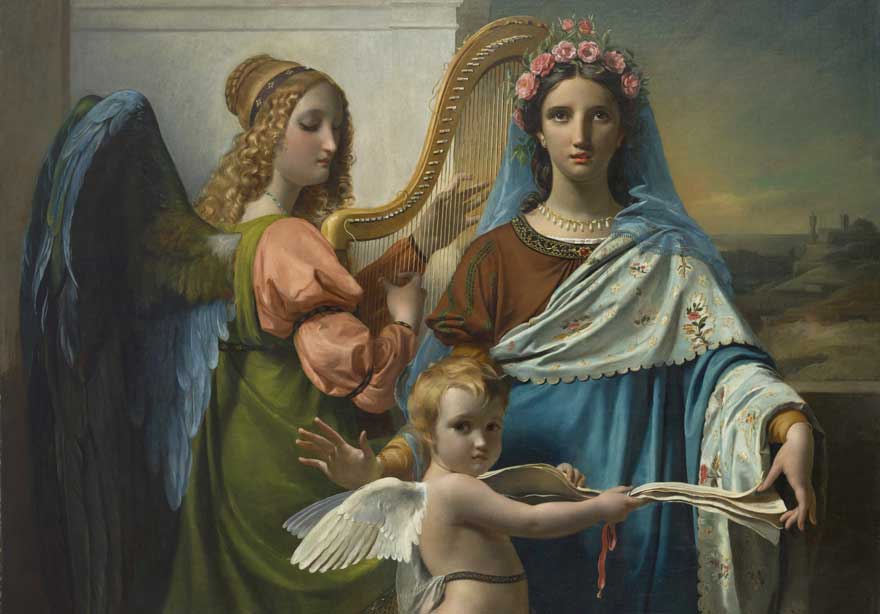
Okay, so first things first.
Where does the name “tarot” come from?
Again, there are many different theories about this. And there is no consensus on which is correct.
- For instance, one theory tells us that this word comes from the Italian word “tarocchi,” which is itself derived from the Italian word “taroccare” which means fake or to manipulate. Obviously, this does not paint a great picture of our beloved spiritual practice!
- Another theory tells us that the name is derived from Egyptian words like “Tar-way” and “Ro-Pharaoh.” These words are interpreted as “royal way.” Now, this seems more suiting for the spiritual practice! haha
Similarly, there are many other accounts of where the word “tarot” might have come from.
Legends And Stories of The Birth of Tarot
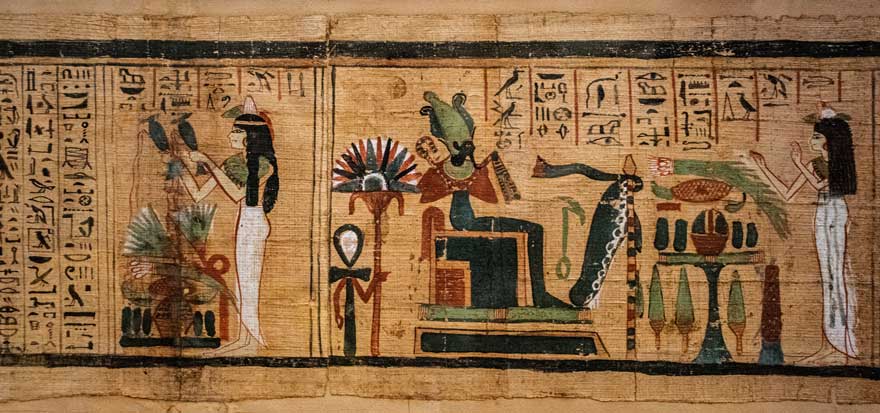
As you would expect, there are various stories about where and how tarot cards came into existence.
For instance, one overarching hypothesis is that card games (along with board games and other medieval forms of entertainment) came up simultaneously across different ancient civilizations.
So, that means, different civilizations that were never in contact with each other somehow came up with the same idea at roughly the same time.
Of course, this can certainly be the case, but there are other theories that tell a different tale.
One such theory is that tarot was invented in ancient Egypt as a way of conserving the knowledge of the lost city of Atlantis. As such, it essentially serves as a way to spread the mystery of Atlantis by way of the cards.
Needless to say, this happens to be the most mysterious and enigmatic theory!
Another one states that tarot is an Islamic invention.
Proponents of this theory believe that tarot was a well-kept secret by Sufi sages and was used for deep insights and future predictions. It could very well be true since there are a lot of similarities between the Mamluk deck (originating in the Mamluk Empire of Egypt) and the early Italian decks.
What Does Documented History Tell Us?

The earliest written records tell us that the ancestors of the tarot cards that we use today were most probably created in the mid-15th century.
Artists in Europe had designed the first playing cards that contained four different suits.
These four suits are still in use today, although they have evolved over time.
They are staves (wands), discs (coins), cups, and swords.
However, these early cards were not intended for spiritual purposes.
Instead, they were intended for gameplay or entertainment.
In fact, during those times, royal families and members of nobility would get their own set of cards designed by artists. These cards would feature their family members and friends as the triumph cards.
This went on for a few centuries.
As these cards became more well-known, even more royal families started creating their own customized cards.
When Milan was conquered by France and Switzerland in the 16th century, tarot became popular in these countries too. In fact, from around 1700, the Tarot de Marseille became the standard pack in both these countries.
Slowly, tarot spread throughout European countries by the 18th century.
And with the mainstreaming of the printing press, things only took an upward turn.
Tarot cards slowly started becoming available to the average game player and were no longer in the domain of the rich and powerful.
When Did Tarot Start As Divination?
So, this is one of the most interesting parts of tarot history that most people want to know about. Yep, we all do haha.
When did we start learning the importance of tarot as a form of spiritual practice?
Well, the earliest evidence of this comes from an anonymous manuscript from around 1750.
It documents some basic meanings for a deck of tarot cards originating from Bologna. ( Italy again…:) )
Just a few decades later, in the 1780s, this use of tarot cards for divination became more mainstream thanks to Antoine Court and Jean-Baptiste Alliette who popularized the Tarot of Marseille.

Jean-Baptiste Alliette was a French tarot researcher, who was the first person to devise interpretations for tarot cards. ( thank you !!!)
He also took steps to make it known to a wider audience. In fact, he was the first professional tarot occultist in history (that we know of) who made his living by card divination.
Antoine Court played an even bigger role.
In 1781, he published an analysis of the tarot where he revealed some interesting theories. He confirmed what the Muslim scholars had been saying for centuries – that the symbolism of tarot was actually taken from the secrets of Egyptian priests.
He also stated that the ancient knowledge of the tarot was brought to Italy and revealed to the Catholic Church and the popes. However, instead of wanting everyone to benefit from the knowledge, they chose to keep this a secret. But he didn’t stop there. He went on to explain the symbolism of tarot artwork and illustrated how it was all connected to the legends of Egyptian gods like Osiris, Isis, etc.
If this is true, could the Egyptian theory be true?
Could it be that the Egyptian priests knew of a place called Atlantis and they were merely preserving its knowledge using tarot cards?
Could it be that the origin of tarot cards actually comes from the mythical city of Atlantis – a place thought to have had advanced technology and spirituality as its way of life?
Unfortunately, we’ll never know. Well maybe later on, who knows?

How Did The Modern Deck Originate?
So, if you have seen someone doing a tarot reading or watched a video of it, you might have a rough idea of what the modern-day deck of tarot cards looks like.
And you might have wondered how this particular system and artwork came to be. Well, it might surprise you to learn that this dates back over a hundred years.
It all started with the British occultist Arthur Waite.
He was a member of the Masonic Order “Golden Dawn” in England.
Golden Dawn was a secret society ( oh I like that lol) that was devoted to studying metaphysical concepts and the occult in the late 19th and early 20th centuries.
Arthur Waite used his understanding of the concepts of the order and helped developed tarot as a system.
In fact, most of today’s reading methods are based on the system of correspondences of the Golden Dawn order.
Then, Waite teamed up with Pamela Colman Smith to create a deck of tarot cards in 1909.
Smith used the Sola Busca artwork as the base for her own designs.
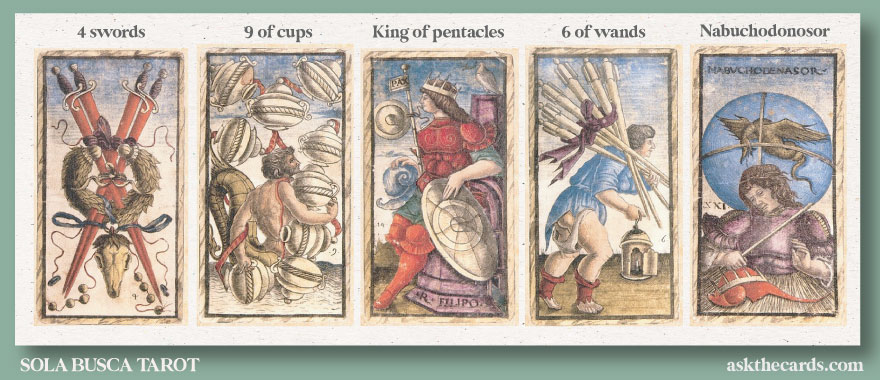
What she did was… she used characters as representative images in the lower cards. This was a departure from earlier practices which used only a cluster of cups, wands, swords, and coins for the minor cards.
This incorporation of human figures was one of the reasons why their deck became so popular and iconic. ( It was the very reason why I turned to the Waite smith tarot and not to the tarot of Marseille)
So much so that it is the dominant style that most tarot readers know today. Smith’s work was so instrumental that people fondly call her deck the Waite-Smith deck.

Today, there are a number of variations of the design, but most of them look familiar to the original work by Smith.
To Conclude…
There is no doubt that tarot has a rich and diverse history.
It has had at least 500 years of evolution and development.
From its beginnings as a deck of playing cards, tarot has come a long way and it now serves as a beloved tool and practice for spiritual growth, self-discovery, and divination.
No matter how, where, and when it originated, millions of people are finding real and practical benefits from tarot. Its undeterred popularity speaks for itself. And I am sure, if you are not yet addicted to Tarot, you will be for sure …. 🙂

